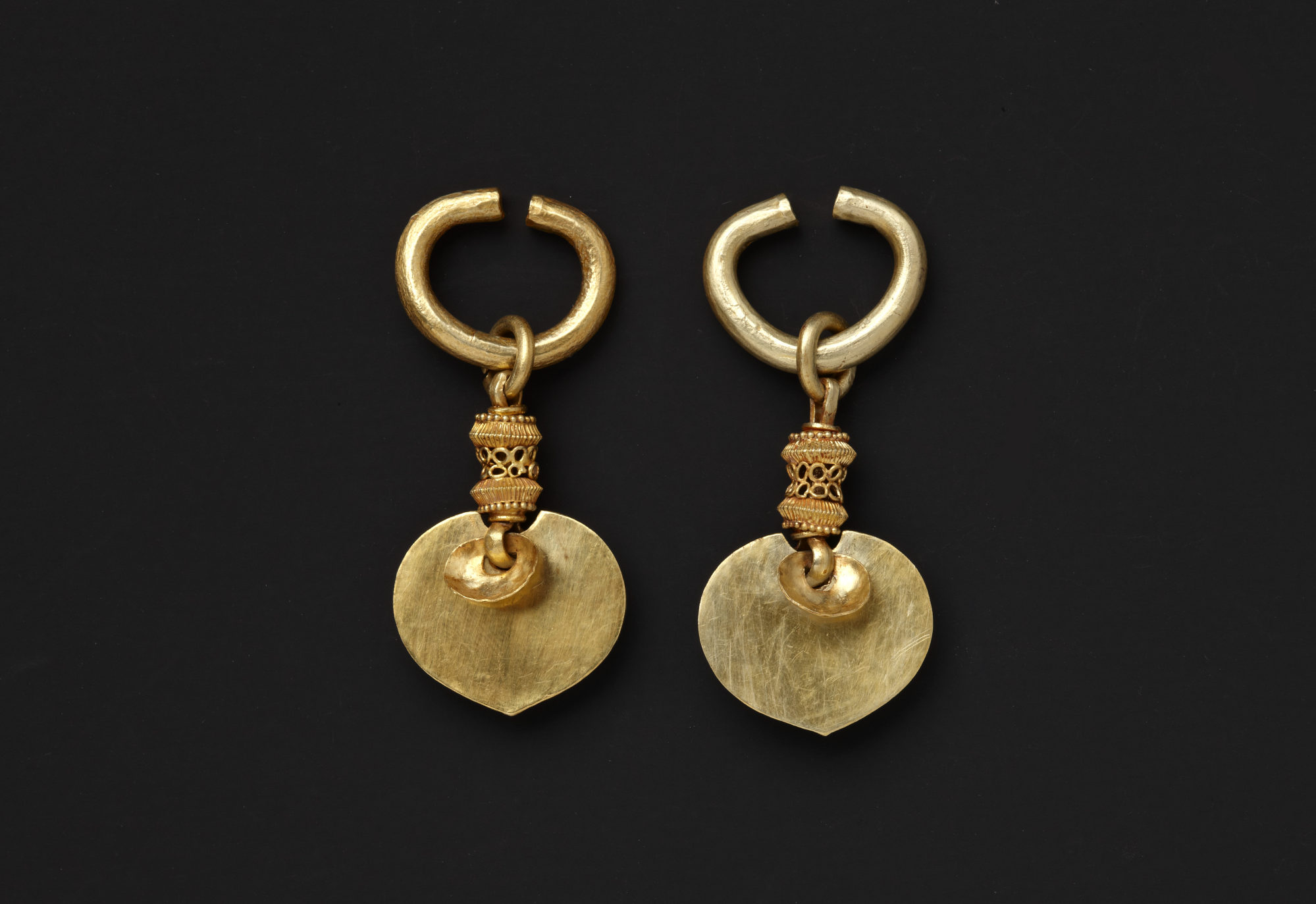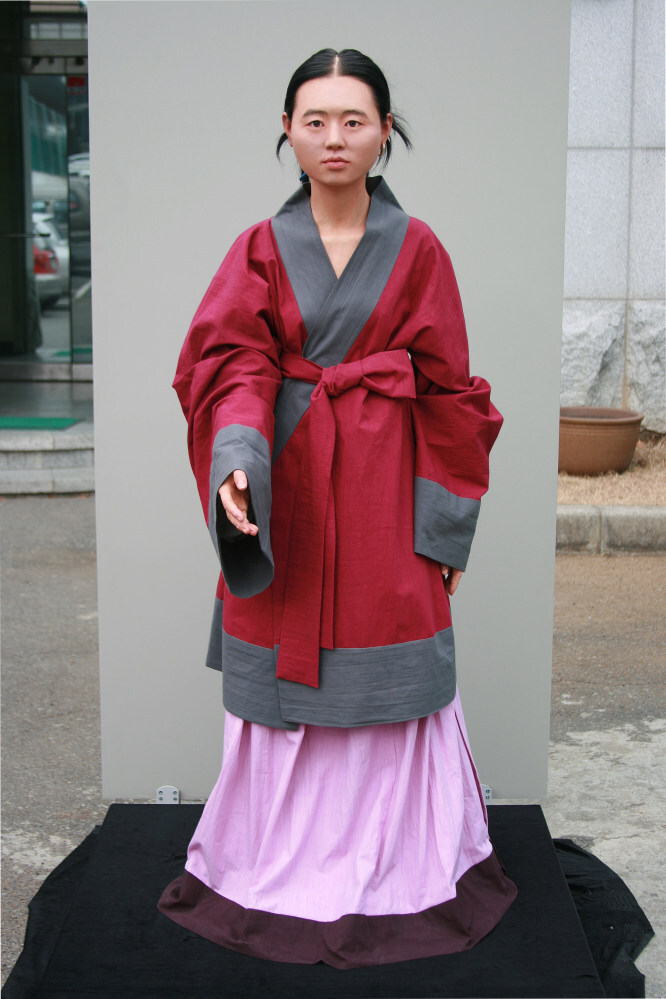
Tombs from South Korea’s lost kingdoms of Gaya stand as a monument to human sacrifice
- Gaya was a federation of smaller kingdoms that existed from the first century to the sixth century before disbanding and being conquered
- The South Korean government hopes burial mounds containing remains of royalty and nobility will be recognised as a World Heritage Site
The South Korean government has lobbied for the mounds – or tumuli – which contain the remains of royalty and nobility, to be recognised as a World Heritage Site.
By 412, the Gaya confederacy had disintegrated and was eventually conquered in 562 by the kingdom of Silla, which unified the Korean peninsula. History is written by the victors and Gaya was no exception.
Nevertheless, the Chinese history book Hou Hanshu recorded Gaya for its production of iron, which was sold to other Korean kingdoms and Japan.
Before official excavations of the Gaya tombs began in 1977, they were ransacked by thieves over the centuries but still contained an array of artefacts including pottery, jewellery, tolls and weapons.

There was also evidence of retinue sacrifices – known as sunjang or “accompanying burial” – which continued in Gaya until its last kingdom was absorbed by Silla. Their remains indicate they were either poisoned, strangled or bludgeoned to death.
Among the remains excavated were the bones of a 16-year-old servant girl, posthumously known as Songhyeon-yi, who was sacrificed and buried with her master 1,500 years ago in Changnyeong. Her remains were unearthed at the entrance to the burial chamber of a ruler of Changnyeong Gaya, and bore the scars of a hard life.
Archaeologists discover temple built for Mexico’s ‘Flayed Lord’, whose human sacrifices were skinned
Using digital imaging technology, the National Research Institute of Cultural Heritage build a life-size silicon statue of Songhyeon-yi, depicting a round-faced teenager with a broad forehead and wide eyes, a gilt-bronze ring dangling from her left ear. She stood 153cm in height, 7cm shorter than the average Korean girl her age today.
“Her tibia and fibula bones show marks that indicate the bones kept being worn out and healing back as she had to fall down on her knees repeatedly to serve someone,” the National Research Institute of Cultural Heritage said in a 2010 report.

The largest sacrifices were made in Jisan-dong district in Goryeong county, where the remains of about 40 people were uncovered around the main burial chamber. They are believed to be the king’s retinue, including guards, horse drivers, treasurers and other servants.
That tomb, known as Goryeong No 44, was plundered during Japanese colonial rule and a priceless golden crown was believed stolen, before being sold to a Korean businessman.
How Ching Ming’s paper offerings evolved from human sacrifice
“[The sacrifices] were [aged] from eight to 50 years old,” said Lee yong-ho, a Goryeong museum guide. “Some of them had traumatic injuries to their heads. Most of them were buried in rectangular burial cavities, hands straight down next to their waist or laid on their chests.”
Unesco plans to decide in December 2022 whether the Gaya tumuli will be afforded World Heritage status.

